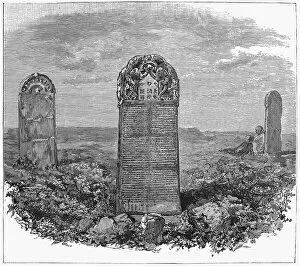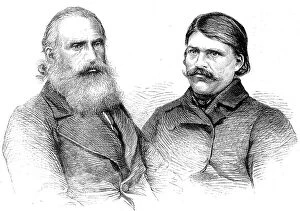Nestorian Collection
The Nestorian tablet near Singan, China, is a fascinating relic that sheds light on the history of the Nestorian Christian Church
For sale as Licensed Images
Choose your image, Select your licence and Download the media
The Nestorian tablet near Singan, China, is a fascinating relic that sheds light on the history of the Nestorian Christian Church. This wood engraving from 1887 captures the intricate details of this ancient artifact, which serves as a testament to the spread of Christianity in East Asia. Another intriguing piece of evidence is found in the Codex granatensis from around 1400. The Tacuinum sanitatis depicts a persimmon, hinting at the cultural exchange and influences between different regions during that time period. A mural painting from Cristano Qoco Temple portrays what appears to be a Nestorian subject, possibly depicting Palm Sunday. This artwork provides insight into how religious practices were integrated into local traditions and customs. Abu-l Hasan al-Mujtar Ibn Butlan was an influential figure during his lifetime (c. 1001 - 1066). His writings offer valuable insights into various subjects, including medicine and health. These texts serve as important historical documents that shed light on intellectual pursuits during this era. The Codex granatensis also features another illustration from around 1400 – this time showcasing a quince fruit. Such depictions highlight not only botanical knowledge but also culinary practices and dietary habits prevalent at that time.









